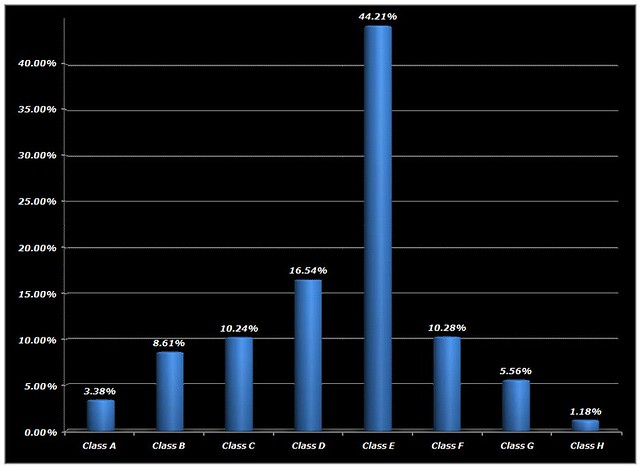Hello, all. I'm a new member here, and am trying to get some perspective on London in 1888, to put the Ripper events in context.
So...I have read (not necessarily here) generalities about London being terrified by the Whitechapel murders, the "Autumn of Terror," etc....but did London at large really feel put at personal risk by the murders happening in the slum of Whitechapel? I wouldn't think the general public would feel any identification with the "fallen women" who were the victims, and how many Londoners routinely went into that area, anyway?
I'm kind of unclear as to the layout of London in that era, which I guess bordered Whitechapel, which wasn't even part of London proper.
This map on the site (http://casebook.org/images/rippernotes/poverty_map.jpg) looks like a good place for me to start as to orientation, but it looks like nicer dwellings were also found in Whitechapel (??) Who lived there besides the lowest-of-the-economic-low?
Thanks for your indulgance as I try to get a grasp on that area, etc.
So...I have read (not necessarily here) generalities about London being terrified by the Whitechapel murders, the "Autumn of Terror," etc....but did London at large really feel put at personal risk by the murders happening in the slum of Whitechapel? I wouldn't think the general public would feel any identification with the "fallen women" who were the victims, and how many Londoners routinely went into that area, anyway?
I'm kind of unclear as to the layout of London in that era, which I guess bordered Whitechapel, which wasn't even part of London proper.
This map on the site (http://casebook.org/images/rippernotes/poverty_map.jpg) looks like a good place for me to start as to orientation, but it looks like nicer dwellings were also found in Whitechapel (??) Who lived there besides the lowest-of-the-economic-low?
Thanks for your indulgance as I try to get a grasp on that area, etc.





Comment